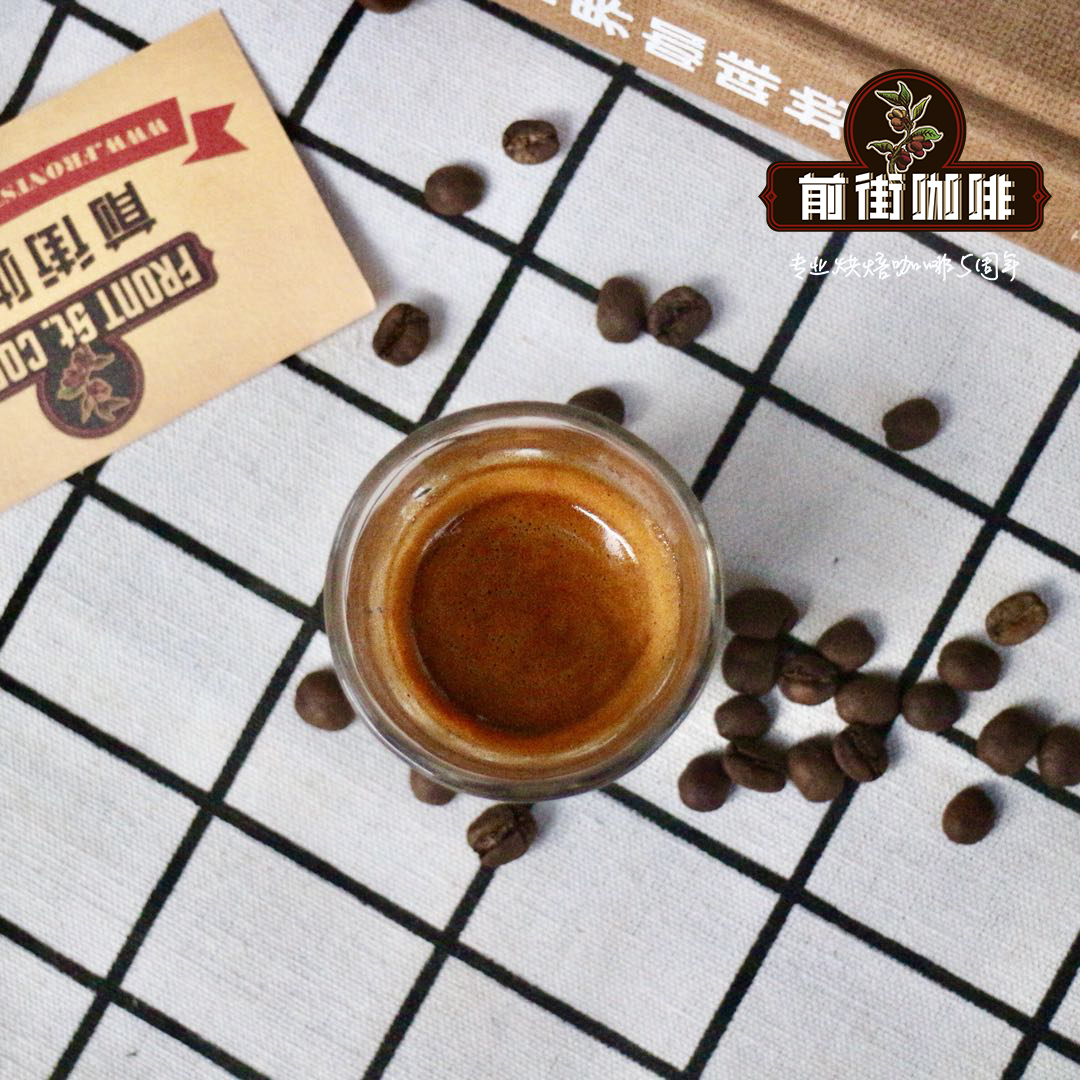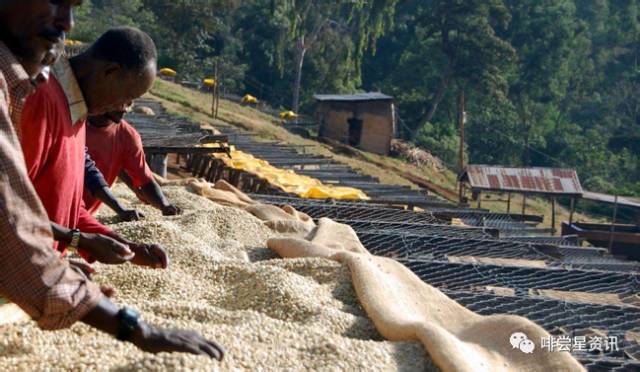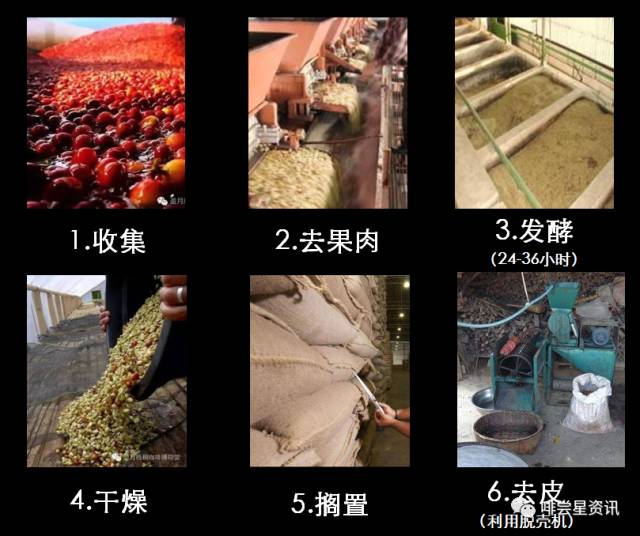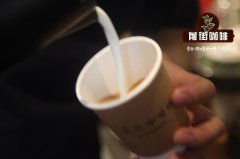Starbucks selects Ethiopian Ekayon Mountain Coffee Bean producing area Story _ Kayong Mountain Manor Information

Professional coffee knowledge exchange more coffee bean information please follow the coffee workshop (Wechat official account cafe_style)
Recently, several new selected beans have been put on Starbucks, and Cayonshan Manor in Ethiopia is one of them. Today, Qianjie Coffee will introduce to you where this Cayong Mountain Manor in Ethiopia is, and is the coffee grown good?
Sun treatment of Kayon Farm in Shakesoka Yong Mountain Manor, Ethiopia
Introduction of Kayong Mountain Manor in Ethiopia
Kayon Mountain Farm is located in Shakiso, Guji, where the local people are known as "Guji Oromo", and coffee cultivation has always been an integral part of the highland culture of the area. This coffee is very different from the common Yegashifi or Sidamo; this coffee from the south is unique in geography, culture and flavor, but it also retains the common characteristics of African coffee: with citrus and floral flavors, the overall flavor is very lively. Kayon Mountain Farm is a family business, so coffee can be sold "directly". Most other small coffees obtain coffee trees from the Ethiopian government, so coffee beans must be sold and traded through the tightly regulated Ethiopian Commodity Exchange platform (ECX) (with the exception of cooperative members, but will not be discussed here). Kayon Mountain Farm has its own water washing and sun treatment facilities, and the processing, quality control and export preparation of raw beans after harvest are all done on the farm, and the coffee grown on the farm, like most Ethiopian farms, is a local species unique to the producing areas. Coffee trees derived from wild forests in western Ethiopia gradually spread to Haller in the east, and finally to small southern producing areas such as Guji. This special batch of coffee is treated in the sun, and the cherry coffee is harvested and the whole fruit is dried in the sun for about a month.
Cup test result
Intense aromas of wild berries, especially in light to medium-roasted dried coffee, with vanilla sweetness and a hint of flowers. If the coffee is roasted all over the city, the Dutch bitter cocoa powder will be very prominent and have a strong aroma, reminiscent of blueberry muffins: sweet muffin dough, maple syrup, and lots of blueberries. After the coffee powder is injected into hot water, the floral aroma becomes more and more obvious, with the flavor of heated caramel (caramel cream), sugar boiled berries and sugar-stained citrus, in sharp contrast. City-roasted coffee baked all over the city is perfect for handcuffs, with fruity aromas ripe into raspberries, plums and seedless grapes, with a hint of maple sugar. After the coffee is cooled, the flavor becomes more rich and varied, reminiscent of Luoshen scented tea, tamarind sugar, Sugar cane juice, and red cherries. Slightly deeper roasting in the city will bring out the cocoa or roasted flavor of coffee, as well as a hint of ruby grapefruit aroma. The coffee itself is very mellow, and the deeper the roast, the more you can taste chocolate, but it will not detract from the fruit flavor of the coffee, so this coffee is very suitable for mixed beans (either Italian concentrate or dripping).
Rating: 92
Recommended baking degree: suitable for urban baking to city-wide baking
Raw bean treatment: sun treatment
Coffee varieties: Ethiopian native species
Grade & appearance: grade 1 Screen. 4 ddeband 300 grgrgr17 grade

In 2012, a number of local families set up Kayong Mountain Farm, led by Ato Esmael and his family, out of their pursuit of life and their obsession with coffee. The farm is committed to producing better quality coffee in a sustainable manner.
Ato Esmael
The Kayong Mountain Farm is located in the Oromia area of the Guji producing area in southern Ethiopia.
In the past, Guji was listed as the producing area of Sidamo, but although the shape of Guji coffee beans is similar to Sidamo, it has its own unique style. After years of debate, the Ethiopian government has granted Guji producing areas a unique geographical distinction.
Treatment of coffee by washing
In 2015, Kayong Mountain Farm had its own washing station and dry sheller, so they could export coffee. Such coffee from a single farm is rare in Ethiopia.
The Kayong Mountain Farm covers an area of about 240 hectares and uses natural shade, covering more than half of the shade area. Animal manure is the main source of fertilizer.
Coffee berries
The harvest season is from October to January of the following year, when Ato employs more than 300 farmers to help with the harvest and processing.
↓↓

Coffee bean information
Producing area: African Ethiopian Guji producing area Oromia
Bean seed: Heirloom Ethiopia native species
Soil: Sandy clay soil
Processing method: washing method
Altitude: 1900 Murray 2100m
Acidity: higher alcohol: medium
Caption: Jasmine, sweet lemon, lavender and cherry cola
Harvest season: October to January
Match: lemon, nougat, almond cake etc.
Last year we bought an amazing Ethiopian bean, which is the resident bean sun drying Guji Kayon Mountain of our single product concentrate (SOE). We also thank the landowner Ato Esmael and his family.
They have produced such a powerful coffee for us, and since their establishment in 2012, they have slowly built their reputation with quality, just like the Coco Espresso brand.
The Kaiyong Mountain Farm (Kayon Mountain farm) is located in the southern part of the Guji producing area, near Shakiso Shakiso. Ismal Hussan, the farmer, established the farm in 2012 with the aim of producing top-notch coffee, but with both social and environmental responsibilities.
The local people of Guji are Guji Oromo, and coffee is the core crop planted by this alpine nation. In the past, Guji coffee was exported as Sidamo coffee, but regardless of geographical location, farming methods and coffee flavor, Guji in the south was unique, quite different from Sidamo and Yega Xuefei. After years of efforts to convince the Ethiopian government, Guji finally confirmed its identity. It is different from Sidamo in the logo of the producing area.
Kaiyong Mountain Farm is run by families and has a special license to trade with foreign countries "directly". In Ethiopia, the vast majority of smallholder farmers obtain coffee saplings from the government, so coffee must also be sold through the Ethiopian Commodity Exchange (Ethiopia Commodities Exchange). Kaiyongshan has its own washing plant and shelling yard, mastering all post-processing procedures, strictly checking the quality of coffee, and can be exported directly. All the coffee trees planted on the farm are locally grown coffee trees, which originated from the native forests of western Ethiopia and then spread to other producing areas such as Hara in the east or Guji in the south.
In the world of coffee, quality is our top priority in the end, so we also hope to introduce coffee producers with this idea to you.
We have always stressed the importance of fresh coffee and raw beans, so the coffee purchased must be the beans of the season.
The harvest time in Ethiopia is from November to February every year, plus the time of processing and transportation, the time of arrival in Hong Kong is May.
Needless to say, of course we have confirmed the Ethiopian coffee purchased this year. As for what kind of coffee it is, let me sell it first.
This year is a special year for Ethiopia, a coffee shrine. Apart from a bumper harvest, there have also been major changes in coffee policy!
If you have heard of the ECX (Ethiopia Commodity Exchange) system, you will know that it is the main method of trading Ethiopian coffee.
But at the same time, it also limits the direct communication between coffee farmers and buyers, as well as the Traceability of coffee, so Coco has been only interested in coffee beans from a single estate.
But early last week, the Ethiopian government announced a major reform of the ECX system! Although the ECX system is still in place, a number of relaxations have been made to give buyers the opportunity to purchase coffee directly from coffee farmers!
This reform has greatly changed the ecology of Ethiopian coffee. We can foresee a long-term cooperative relationship between coffee farmers and international buyers, and investment from abroad will further the development of local coffee.
Of course, these reforms may bring new problems, but basically most of the baking or raw bean merchants also hold positive views on these reforms!
The editor is also very excited about this change. I hope to see further improvement in the quality of Essel's coffee and let you see the efforts of more coffee farmers.
END
Important Notice :
前街咖啡 FrontStreet Coffee has moved to new addredd:
FrontStreet Coffee Address: 315,Donghua East Road,GuangZhou
Tel:020 38364473
- Prev

Starbucks selected Ethiopia Kayonshan Manor introduction _ Eka Yongshan Manor Coffee beans delicious
Professional coffee knowledge exchange more coffee bean information please follow the coffee workshop (Wechat official account cafe_style) recently, several new beans have been added to Starbucks, including Cayonshan Manor in Ethiopia. Today, Qianjie Coffee will introduce to you where this Cayong Mountain Manor in Ethiopia is, and is the coffee grown good? Ethiopia
- Next

Starbucks Zhenxuan Coffee-how to drink Cayong Mountain in Ethiopia-how to make Cayong Mountain in Ethiopia
Professional coffee knowledge exchange more coffee bean information please follow Coffee Workshop (Wechat official account cafe_style) Cayong Mountain single Farm was founded by Ato Esmael and his family in 2012, the whole farm covers an area of about 300ha, of which about 200ha is still the original reserved forest. The selected seat at Kayong Mountain Farm is located in the elite Shaquiso producing area of Guji (Shakisso/Shakis).
Related
- Detailed explanation of Jadeite planting Land in Panamanian Jadeite Manor introduction to the grading system of Jadeite competitive bidding, Red bid, Green bid and Rose Summer
- Story of Coffee planting in Brenka region of Costa Rica Stonehenge Manor anaerobic heavy honey treatment of flavor mouth
- What's on the barrel of Blue Mountain Coffee beans?
- Can American coffee also pull flowers? How to use hot American style to pull out a good-looking pattern?
- Can you make a cold extract with coffee beans? What is the right proportion for cold-extracted coffee formula?
- Indonesian PWN Gold Mandrine Coffee Origin Features Flavor How to Chong? Mandolin coffee is American.
- A brief introduction to the flavor characteristics of Brazilian yellow bourbon coffee beans
- What is the effect of different water quality on the flavor of cold-extracted coffee? What kind of water is best for brewing coffee?
- Why do you think of Rose Summer whenever you mention Panamanian coffee?
- Introduction to the characteristics of authentic blue mountain coffee bean producing areas? What is the CIB Coffee Authority in Jamaica?

